Bass of the Week: Thomas Andres Double Basses Two-Neck Viennese Bass
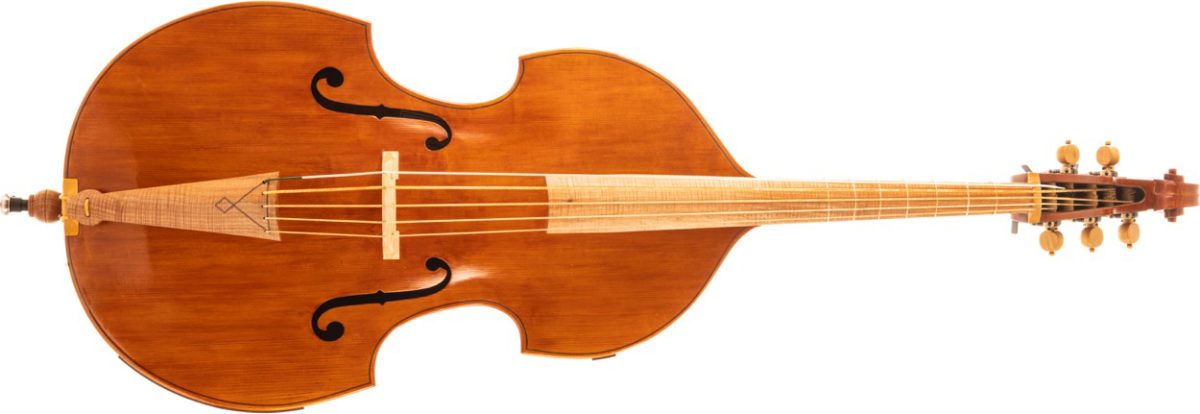
From its very beginnings, the bass has been an ever-evolving instrument. Each new innovation changed the timbre of the instrument and effectively changed the sound of music. Musicologist and early music specialist Shanti Nachtergaele recently commissioned a jaw-dropping Viennese style bass from Thomas Andres Wolf of Wolf Instruments to work on her dissertation on the subject. Nachtergaele lovingly referred to it as a “metamorpho-bass” due to a special feature: it has two necks that can be switched to accommodate three, four, and five-string setups.
“I had two main motivations for commissioning this bass,” she explains. “In the short-term, it’s part of my dissertation research: I’m planning to take acoustic measurements of the instrument in its various setups and compare the effect of different historical tunings on the instrument’s sound. In the long-term, as a historical performance (aka HIP, period performance, early music) specialist, it’s really exciting to have a bass that can play in several different historical setups, since acquiring and storing separate instruments to cover each one is not really feasible for me at the moment (or possibly ever). It’s not just that the bass resonates differently when you’re tuned in fourths vs. fifths or “Viennese” tuning (F’-A’-D-F#-A). It also compels you to explore different approaches to fingering and bowing, simply because notes are in a different place on the instrument.”
Nachtergaele picked just the right luthier in Wolf to bring her idea to fruition. The Virginia-based luthier, who signs his basses as Thomas Andres Bass Makers, has had similar interests for many years.
“It was a great pleasure to accept this commission from Shanti as it had been a passion of mine for decades,” he writes. “I had tried to play with Viennese tuning as early as 1978 when I made a smallish violone for use with the Smithsonian Chamber Players. A second attempt at making came with an instrument for Ithaca College ordered by Nicholas Walker. At the same time, we made another on spec. Both of these instruments, as well as Shanti’s, are patterned primarily on an Instrument by Thir in the Orpheon Collection in Vienna. The scroll, f-holes, and bridge are from a Stadlmann instrument preserved in Esterhazy. Posh was used as an inspiration for the tailpiece.”
Wolf crafted the bass with European curly maple for the ribs and both necks. Its back is quilted American maple and the top is Bear Claw figure (hazel fichte) spruce sourced from Bachmann in Northern Italy.
“While in most respects resembling a modern bass, the bass bar is a bit shorter and less tall and the f holes are wider apart to accommodate the five-string bridge. The edges are flush. Quick release machines from Rübner facilitate string changes,” Wolf adds. “The hardest part of making this was getting both removable necks to be identical in dimension in all ways but width. The three and four-string necks had to have different nuts for the various number of strings. A small brass pin registers the nuts. During the making of this, we became aware of a bridge used by Dragonetti in the early 19th century. It was a bit odd in shape but produced an extremely clear sound. All of the bridges were made by us.”
We’re looking forward to hearing more from this bass soon!
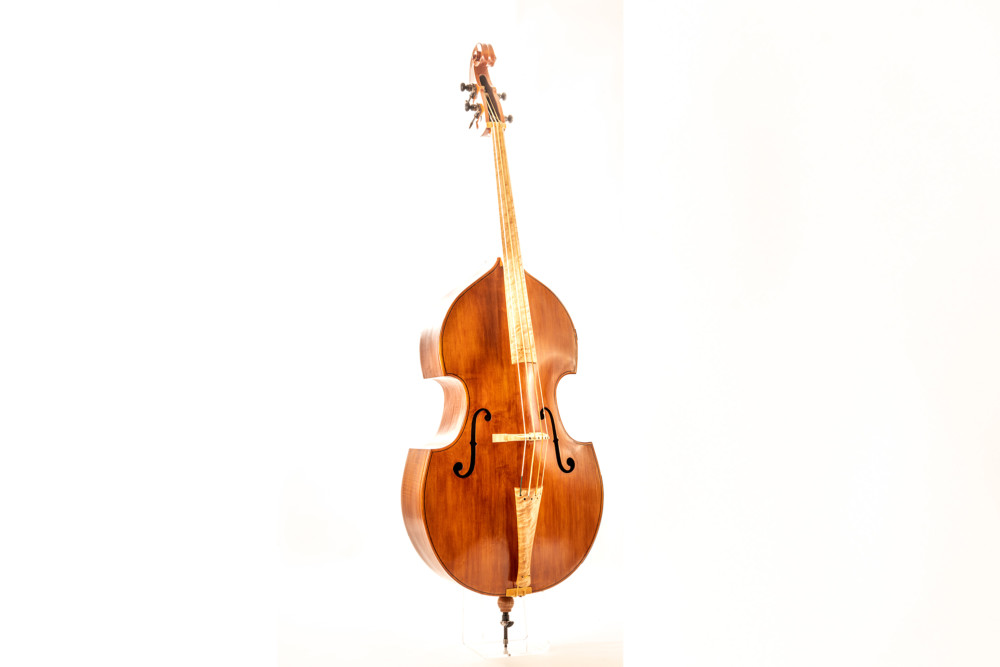
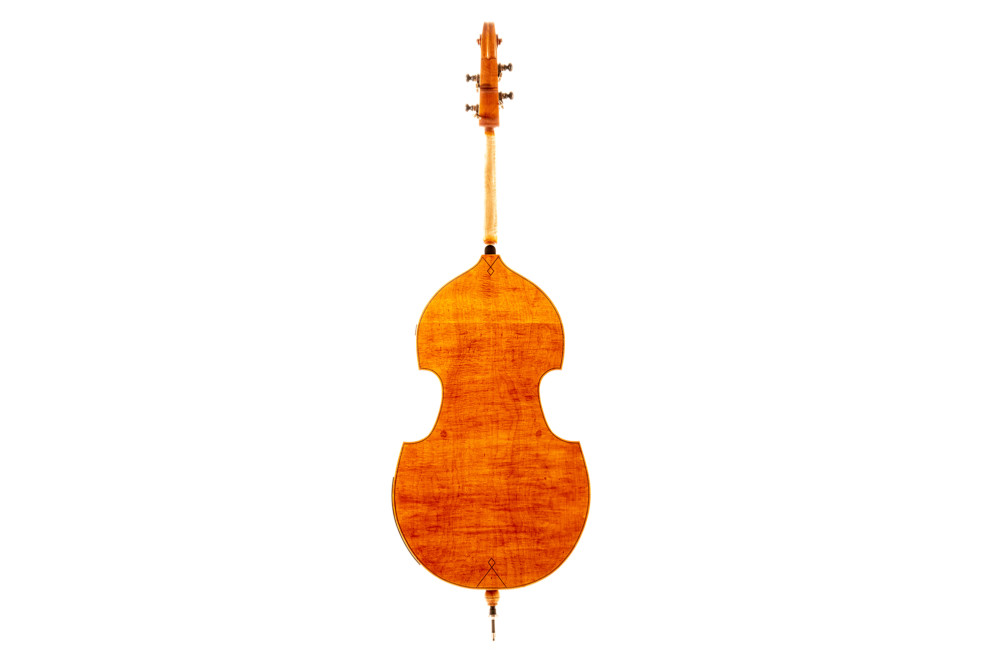
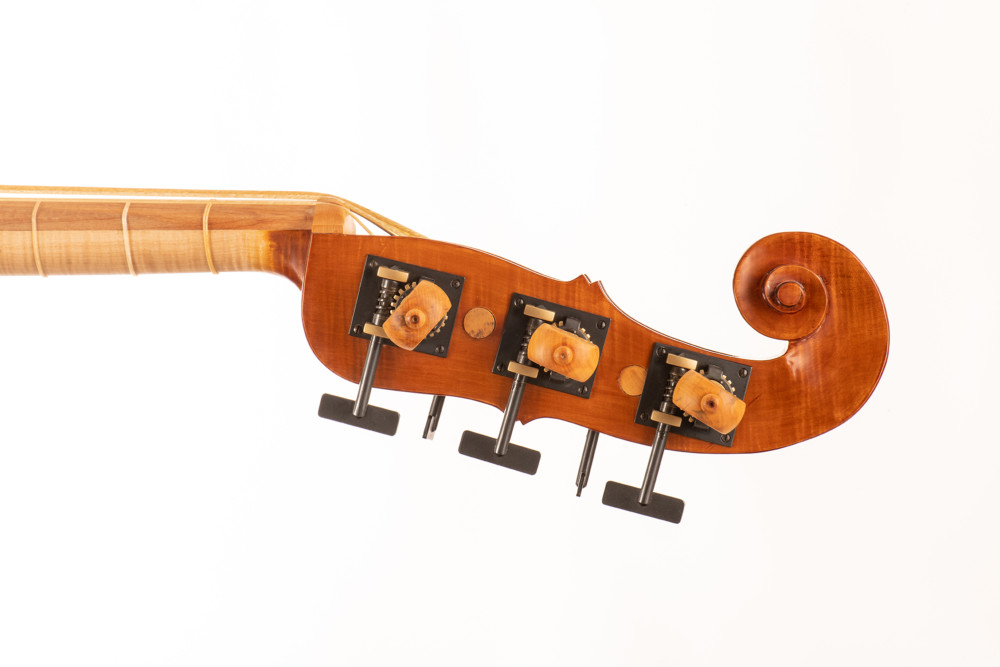
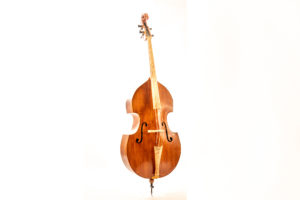
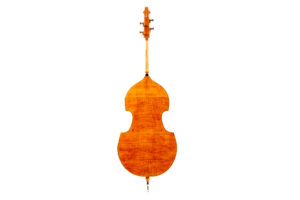
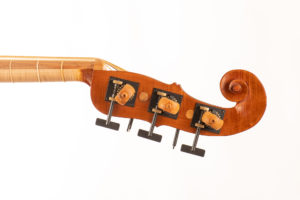
Thomas Andres Double Basses Two-Neck Viennese Bass Specs:
| Body Ribs: | European Curly Maple |
| Body Back: | Quilted American Maple |
| Body Top: | Bear Claw (Hazel Fichte) Spruce |
| Necks: | European Curly Maple |
| Bridges: | Thomas Andres Bass Makers |

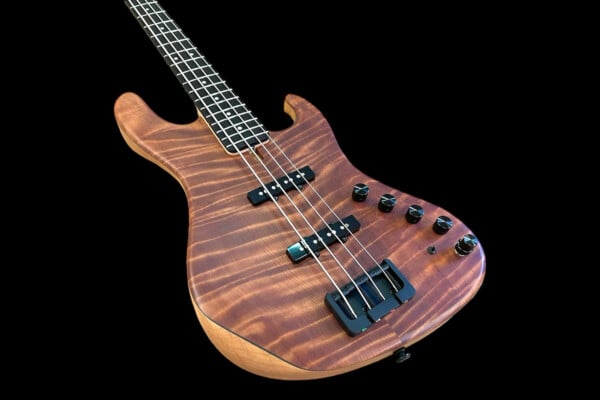
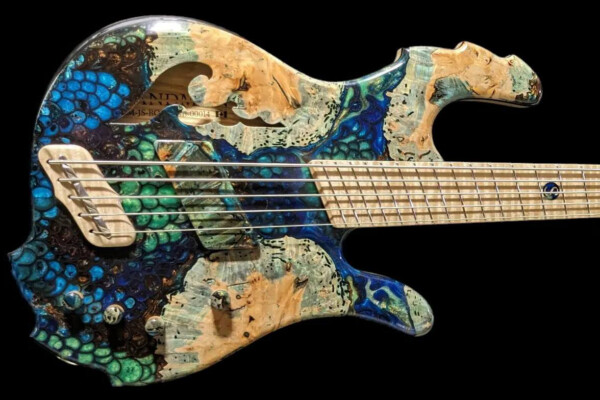
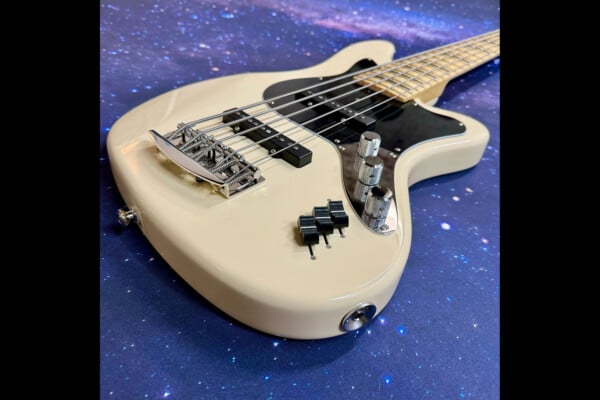
Will there ever be a south paw article? Im always hoping there will be.Still thoroughly enjoy every article.keep up the awesome work!